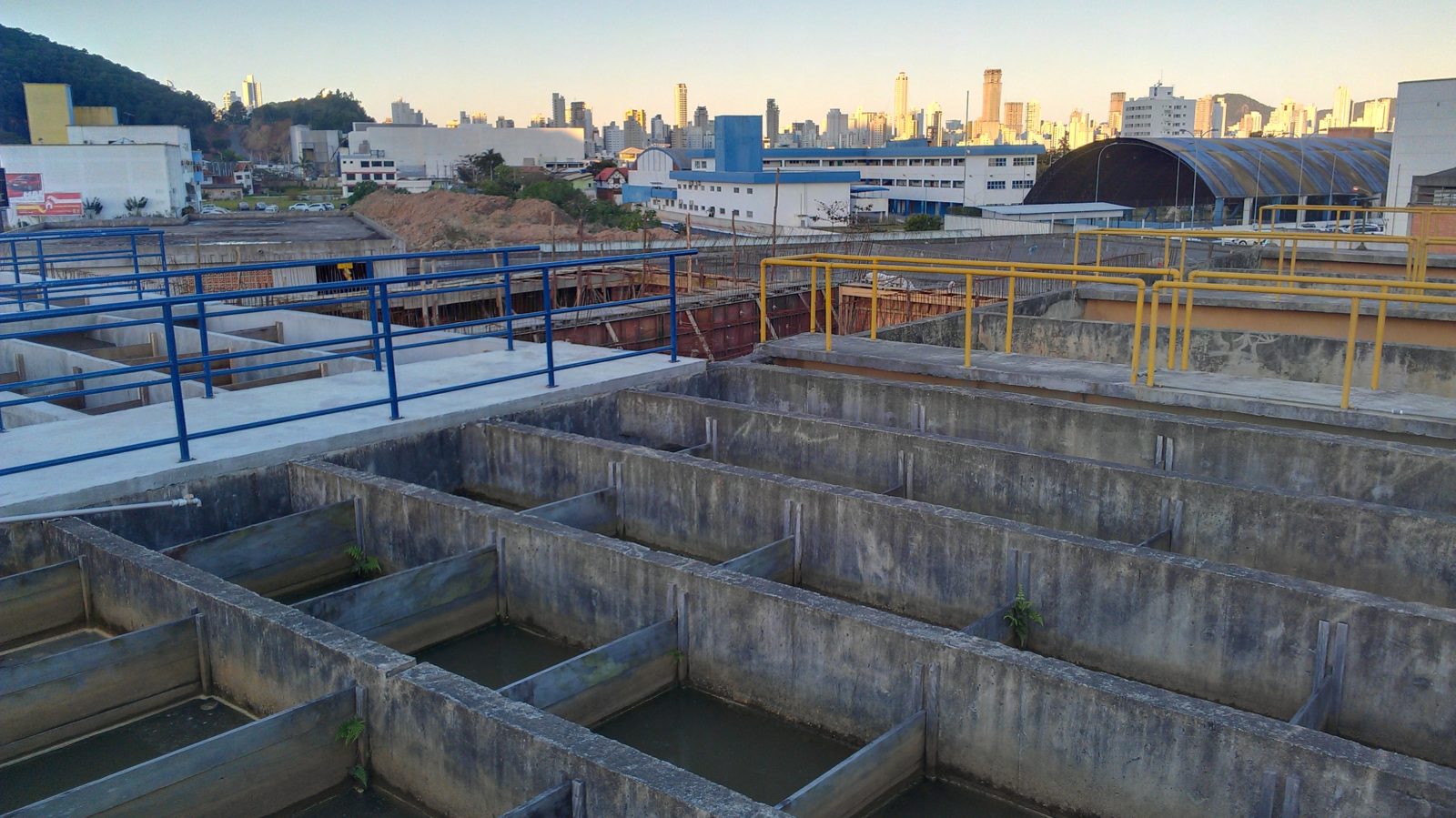In the first rigorous,
peer-reviewed study
on water fund Return on Investment (ROI) for cities in Brazil’s Atlantic Forest, TNC scientists examine the Camboriú Water Fund and show that nature can be a cost-effective solution for improving urban water supplies and reducing treatment costs.
The Gist
Published in the journal Science of the Total Environment, the paper compares the costs and benefits of watershed conservation (think natural infrastructure: forest restoration and protection) paid for by the Camboriú Water Fund.
Economic Value: For the utility that finances much of the Fund’s budget, the ROI – or benefit-cost ratio — for watershed management through forest conservation and restoration exceeds 1 by year 44, well within common drinking water infrastructure investment timelines. That means that its investment in nature pays off for the utility. When all of the co-benefits of watershed conservation that accrue to other beneficiaries are factored in — reduced risk of flooding and water supply shortfalls, both huge concerns in the densely developed beachfront urban center that is an international tourism hotspot – the Camboriú Water Fund makes good economic sense not just for the utility but for local residents and businesses overall.
Conservation Value: The Camboriú Water Fund will increase forest cover in the Camboriú River watershed by five percent (relative to business as usual). Considering that the Atlantic Forest, with an extraordinarily high degree of species endemism, has been reduced to 12 percent of its historic extent, an increase in forest cover is a strong foundation for increased and increasing conservation benefit.
The Big Picture
“The Camboriú Water Fund and our analysis of it contribute to the growing evidence base for water funds as an economically and financially viable solution for protecting water quality and quantity,” says lead author and Conservancy economist Timm Kroeger. “For water funds to become part of a city or community’s potential water security tool kit, we need to be able to understand where investments in natural infrastructure can make meaningful contributions to water security challenges and how they compare – in economic terms – to built (gray) infrastructure, like treatment plants, reservoirs or flood control structures.”
 TNC’s work with partners on the Camboriú Water Fund is already helping to bring the potential of watershed management for improved water supplies into mainstream decision-making and traditional cost accounting.
TNC’s work with partners on the Camboriú Water Fund is already helping to bring the potential of watershed management for improved water supplies into mainstream decision-making and traditional cost accounting.
“Recent regulatory changes,” says Kroeger, “now enable water companies in Santa Catarina State [where Camboriú is located] to count investments in watershed management as operational and infrastructure costs alongside their investments in more standard gray infrastructure. This is a first for the country of Brazil.”
The Takeaway
There are currently only seven (not including this publication) rigorous, peer-reviewed ROI assessments of the efficacy of forest conservation for providing clean water in developing countries. Before this study, none had been undertaken in Brazil’s Atlantic Forest, a region that, the authors note, “is experiencing rapid growth in watershed conservation projects with hydrologic service objectives.”
This study carefully modeled a “business as usual” or “counterfactual” scenario in an attempt to accurately quantify the impact of the water fund, and presents an analytical framework that enables credible ROI assessments of watershed conservation projects.
This research, though it examines a specific water fund in a specific geography, also offers a framework for ROI analysis that can be applied to other water funds in developing countries.




Congratulations!!! It is a powerful tool to persuade decisions makers about the importance of conserving nature for water resources.